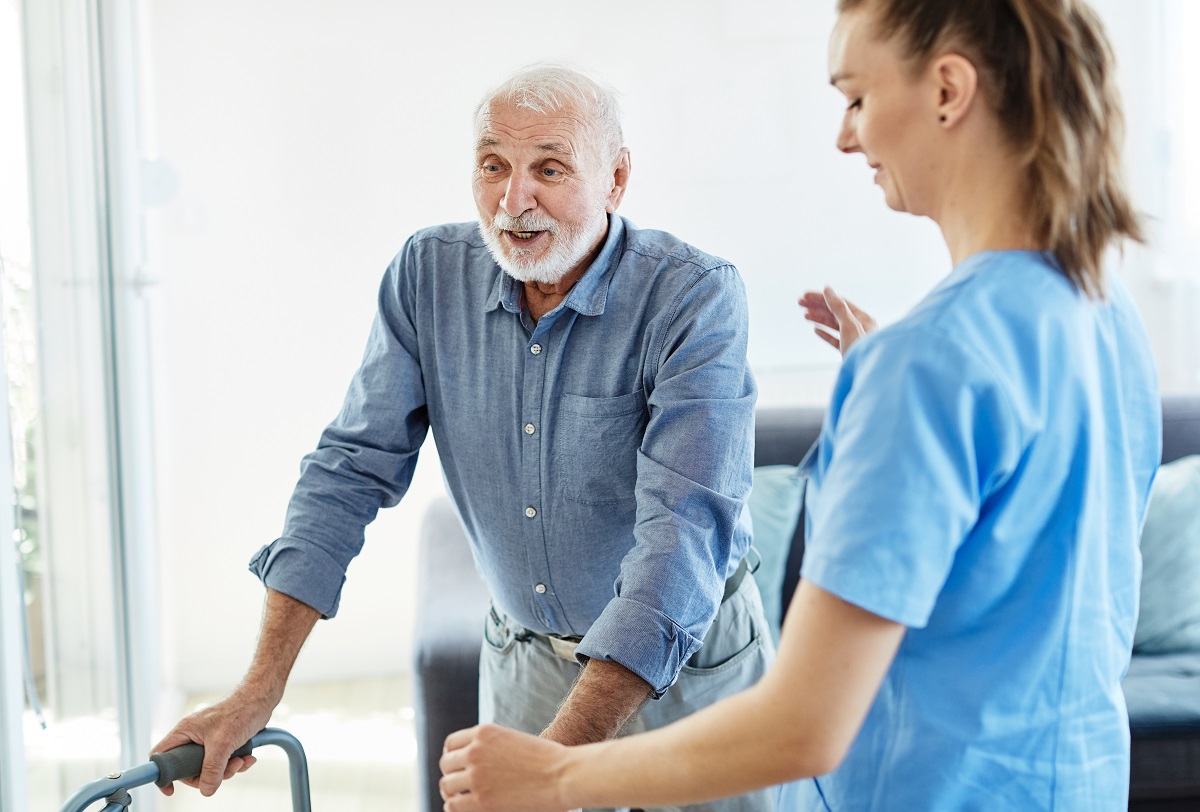
Rehabilitation: Key to Restore People’s Optimal Health
Many still believe that rehabilitation is only for those with disabilities or suffering from major diseases or injuries. Actually, it is needed by everyone: people may access rehabilitation after an acute illness or injury (such as stroke or musculoskeletal injury), if they have a chronic condition (diabetes, lower back pain), or to promote recovery following surgery. No matter whether the situation is acute or chronic, severe or mild, early access to rehabilitation can help prevent complications, speed up recovery and help ensure continuity of care.
What’s Rehabilitation?
Rehabilitation is a set of interventions designed to optimize people’s physical functioning and reduce disabilities or difficulties in mobility, vision, or cognition due to health conditions like acute or chronic diseases, injuries, trauma, as well as pregnancy, aging, and stress. Rehabilitation is characterized by interventions that address impairments, activity limitations, and participation restrictions, as well as personal and environmental factors that have an impact on functioning.
Rehabilitation, becoming increasingly important to the health of all
Rapid population aging worldwide is increasing the need for rehabilitation. The population aged over 60 is predicted to double by 2050. Aging is associated with many chronic conditions and reduced physical functioning. Rehabilitation is critical to help address people’s limitations in functioning to minimize the health, social, and economic impact of health conditions and improve well-being.
Benefits of rehabilitation
Within the health sector, rehabilitation reduces length-of-stay in hospitals, decreases re-admissions, and prevents costly and potentially fatal complications, thus helping to mitigate the negative social and health risks and reduce costs.
For individuals, rehabilitation helps improve independence and the ability to resume normal life and reduce the costs related to ongoing care and support.
For the older population, rehabilitation increases safety and independence, reduces the risk of falling, decreases hospital and nursing home admissions, and reduces costs also.
Misconceptions about rehabilitation
Misconception 1: Rehabilitation is only for persons with disabilities
Fact 1: Rehabilitation is for anyone with a health condition (such as lower back pain or diabetes), after an acute illness or injury (such as stroke or musculoskeletal injury), or to facilitate recovery following surgery.
Misconception 2: Rehabilitation is an expensive addition to essential health services. It can be ignored in the face of competing demands for investment and resources.
Fact 2: Rehabilitation plays a critical role in optimizing health outcomes and improving people’s functioning and well-being. It is a core component of the health care continuum, as necessary in primary health care.
GZ Longest, providing the best rehabilitation equipment for 23 years
GZ Longest has specialized in physical & rehabilitation equipment since 2000, with quality certification of ISO 9001, ISO 13485, MDSAP, FDA, CE, etc. Now, our products are exported to 80+ countries. Whether you want to upgrade your equipment or enrich your product lines, we are the best place. Click to explore our products.
Contact us:
Tel: 020-66353999
Email: export@longest.cn


